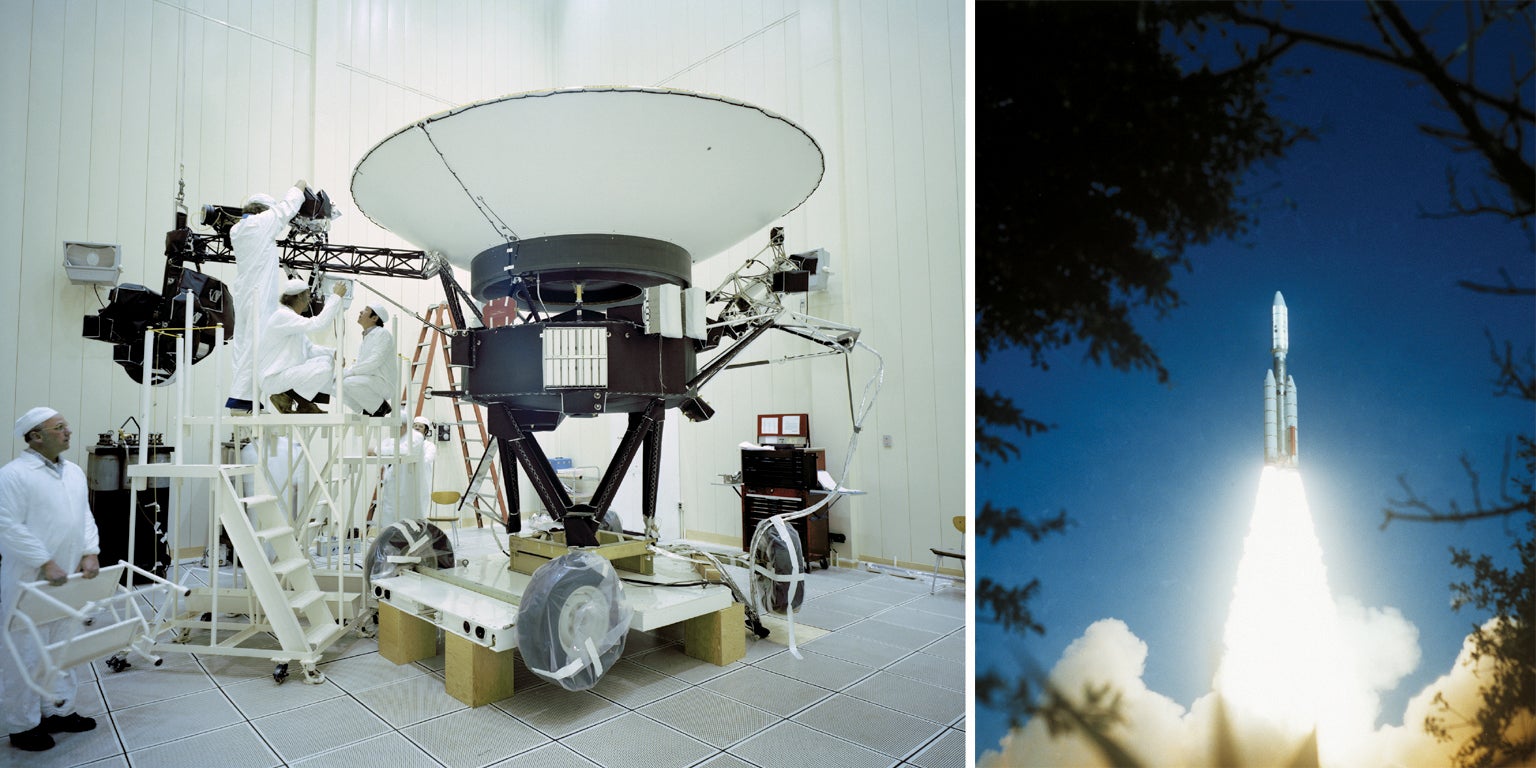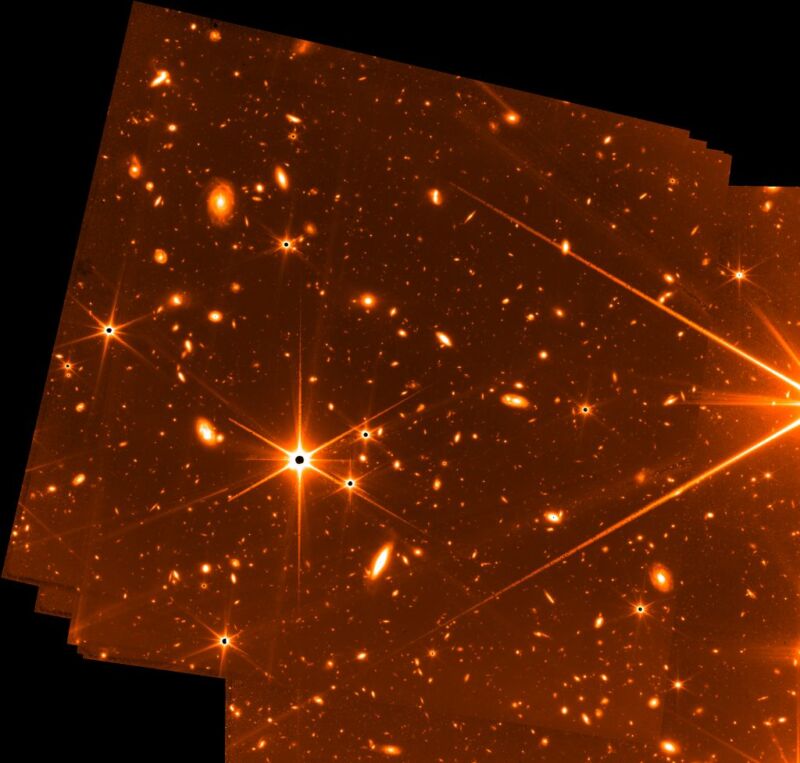Previous 1 ... 211 212 213 214 215 216 217 ... 241 Next
Astronomers find another strange fast radio burst from distant galaxy
https://www.youtube.com/watch?v=bjM3jOY ... WL&index=4
A long solar flare just erupted from the sun and the video is stunning
Behold the Magnetar, nature’s ultimate superweapon
If the stars hadn't aligned, two of the most remarkable spacecraft ever launched never would have gotten off the ground. In this case, the stars were actually planets—the four largest in the solar system. Some 60 years ago they were slowly wheeling into an array that had last occurred during the presidency of Thomas Jefferson in the early years of the 19th century. For a while the rare planetary set piece unfolded largely unnoticed. The first person to call attention to it was an aeronautics doctoral student at the California Institute of Technology named Gary Flandro.
It was 1965, and the era of space exploration was barely underway—the Soviet Union had launched Sputnik 1, the first artificial satellite, only eight years earlier. Flandro, who was working part-time at NASA's Jet Propulsion Laboratory in Pasadena, Calif., had been tasked with finding the most efficient way to send a space probe to Jupiter or perhaps even out to Saturn, Uranus or Neptune. Using a favorite precision tool of 20th-century engineers—a pencil—he charted the orbital paths of those giant planets and discovered something intriguing: in the late 1970s and early 1980s, all four would be strung like pearls on a celestial necklace in a long arc with Earth.
This coincidence meant that a space vehicle could get a speed boost from the gravitational pull of each giant planet it passed, as if being tugged along by an invisible cord that snapped at the last second, flinging the probe on its way. Flandro calculated that the repeated gravity assists, as they are called, would cut the flight time between Earth and Neptune from 30 years to 12. There was just one catch: the alignment happened only once every 176 years. To reach the planets while the lineup lasted, a spacecraft would have to be launched by the mid-1970s.

As it turned out, NASA would build two space vehicles to take advantage of that once-in-more-than-a-lifetime opportunity. Voyager 1 and Voyager 2, identical in every detail, were launched within 15 days of each other in the summer of 1977. After nearly 45 years in space, they are still functioning, sending data back to Earth every day from beyond the solar system's most distant known planets. They have traveled farther and lasted longer than any other spacecraft in history. And they have crossed into interstellar space, according to our best understanding of the boundary between the sun's sphere of influence and the rest of the galaxy. They are the first human-made objects to do so, a distinction they will hold for at least another few decades. Not a bad record, all in all, considering that the Voyager missions were originally planned to last just four years.
Early in their travels, four decades ago, the Voyagers gave astonished researchers the first close-up views of the moons of Jupiter and Saturn, revealing the existence of active volcanoes and fissured ice fields on worlds astronomers had thought would be as inert and crater-pocked as our own moon. In 1986 Voyager 2 became the first spacecraft to fly past Uranus; three years later it passed Neptune. So far it is the only spacecraft to have made such journeys. Now, as pioneering interstellar probes more than 12 billion miles from Earth, they're simultaneously delighting and confounding theorists with a series of unexpected discoveries about that uncharted region.
Their remarkable odyssey is finally winding down, however. This year NASA plans to begin turning off some of the Voyagers' systems, eking out the spacecrafts' remaining energy stores to extend their unprecedented journeys to about 2030. For the Voyagers' scientists, many of whom have worked on the mission since its inception, it is a bittersweet time. They are now confronting the end of a project that far exceeded all their expectations.
“We're at 44 and a half years,” says Ralph McNutt, a physicist at the Johns Hopkins University Applied Physics Laboratory (APL), who has devoted much of his career to the Voyagers. “So we've done 10 times the warranty on the darn things.”
https://www.scientificamerican.com/arti ... ower-down/
https://www.youtube.com/watch?v=ok8mV7x ... WL&index=3
https://www.youtube.com/watch?v=M67YP-f ... L&index=18
*What does the beer low button do?*
Snicker
Nasa launches first rocket from Australian commercial spaceport
https://newzunit.com/?fbclid=IwAR3t4PwU ... f1Na6_4sLI
NASA scientists say images from the Webb telescope nearly brought them to tears

Even the Webb telescope’s engineering test images manage to wow
So many galaxies! ![]()
One Star Flies Past the Milky Way’s Black Hole at 3% the Speed of Light
![]()
https://www.youtube.com/watch?v=4mjijQ718Sc
Previous 1 ... 211 212 213 214 215 216 217 ... 241 Next